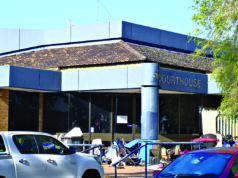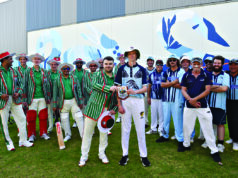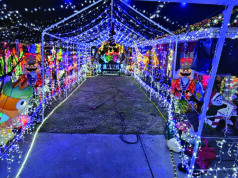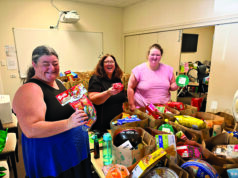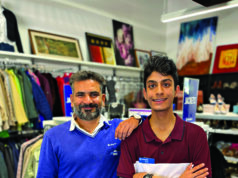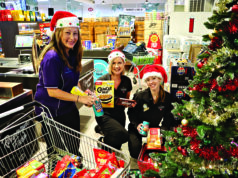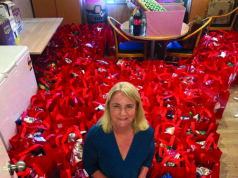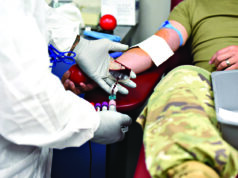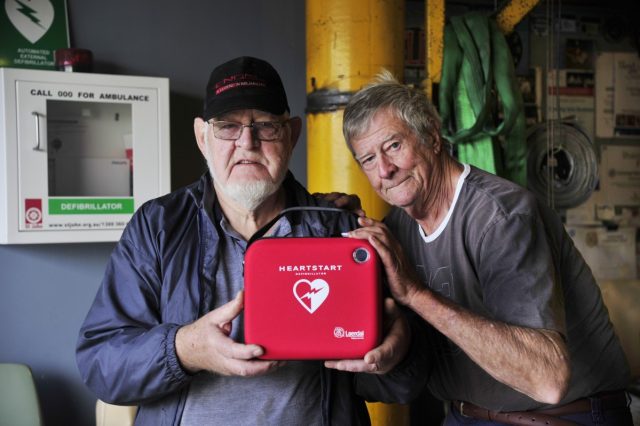
If you want to be prepared to save lives, St John WA is calling everyone in the community of Canning to get involved in the Community First Responder (CFR) program.
The CFR program aims to get defibrillators to cardiac arrest victims in the vital moments be- fore an ambulance arrives, dramatically increasing a person’s chance of survival.
St John is on a mission to register 5000 CFRs across Western Australia by Christmas.
There are currently 3700 registered CFR locations in WA, including over 140 across the City of Canning.
The Canning Men’s Shed is already involved and volunteer Richard Randell said the shed was introduced to the program two years ago.
“There are a few older people in our men’s shed and everyone is subject to heart attacks so we made the decision to get involved,” he said.
According to Mr Randell other businesses around like the post office don’t have a defibrillator so they are prepared in case any other business needs it.
After receiving training, Mr Randell said everyone in the shed knows how to use it and also mentioned it was quite easy to use by following the instructions.
Each location has their details registered with St John and when an emergency call is received the operator is able to direct the caller or bystanders to a nearby defibrillator while an ambulance is en route.

The program is linked with St John’s First Responder smartphone app, which shows the location of all CFR sites who’re in the vicinity of an unfolding public emergency.
The app also allows people to dial triple zero (000) and provides GPS coordinates to help paramedics easily locate the patient.
St John CFR Manager Sally Simmonds said the CFR program creates a vital link between St John, local businesses and community groups, which makes early defibrillation possible.
“A cardiac arrest can affect anyone regardless of age, gender or health status,” she said.
“More than 33,000 Australians die from the condition each year and the single biggest factor in improving survival rates is the time taken to administer early CPR and defibrillation.
“It’s our mission to make defibrillators as commonly thought of as fire extinguishers and smoke alarms.”


